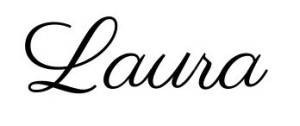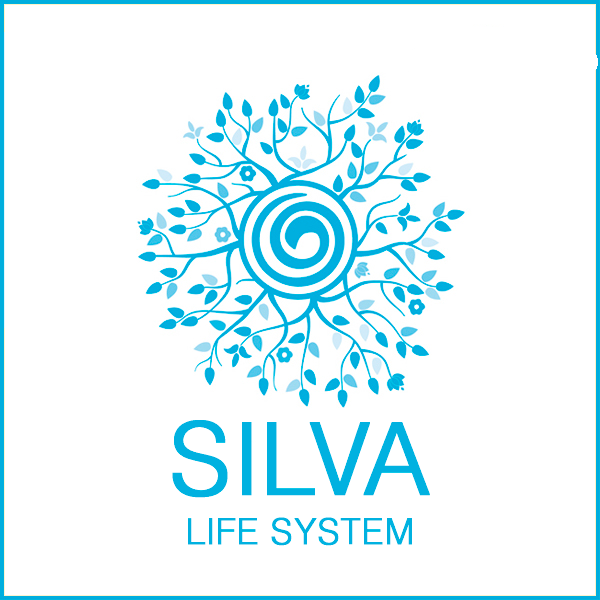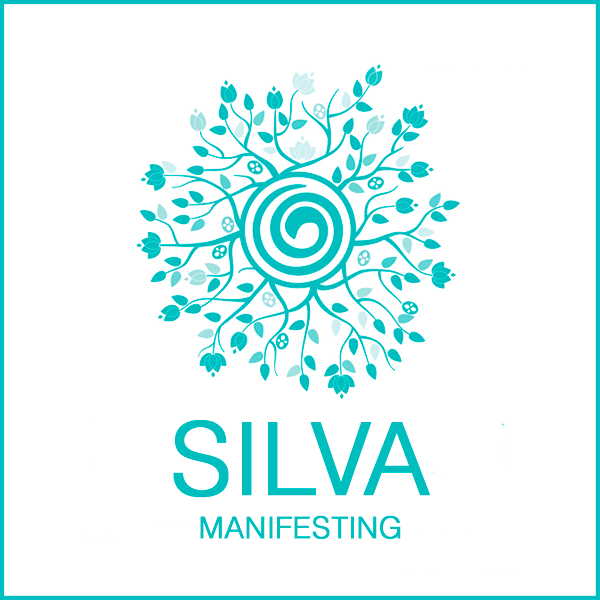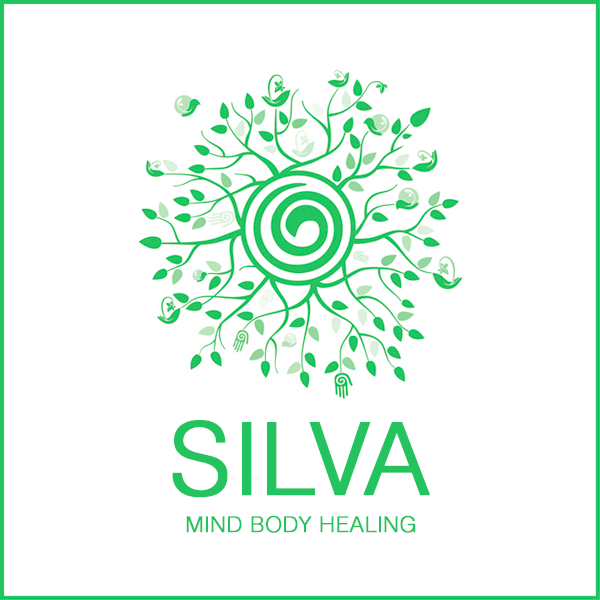Q: We have been using a technique to “anchor” our feelings of desire, belief and expectancy with physical triggers. That is, we recall a feeling of great desire, and then anchor it by doing something like pulling on an earlobe, or rubbing a knee. When we repeat this during our daily programming, it seems to give us better results with our Mirror of the Mind Technique. Do you have any suggestions along these lines?
A: (by Jose Silva) The first thing to remember is that you should not alter what you have learned in the Silva Method until you have been successful with the technique. Once you are successful and confident, then you can start changing the formula, but not before.
If you start changing the formulas before learning to use them successfully, then you will just become confused and won’t know what works or what to do.
In the Silva Method, our formulas are impressed at the right dimension for the right purpose. Once you have succeeded and developed your confidence, then you can alter the formula any way you want, but you must develop that confidence first or else you will become so confused that even our formula will not work for you.
POINTS OF REFERENCE
Actually, anchoring is just a method of establishing points of reference. You have to have experienced it before and established points of reference, then you can depend on it. But you must have experienced it successfully first.
We use mental points of reference in the Silva Method. Remember how we say to recall a previous success as you start to do your programming.
Once you have used our formula and gotten a feeling of success, then the feeling of success is what you attach as an anchor, rather than pulling the earlobe or rubbing the knee.
To increase your desire, keep repeating what you desire mentally or verbally. Keep on thinking about it over and over and over, mentally or verbally. Keep talking about it. The more you talk about it, the more it goes through your mind, the stronger it gets.
When you dwell on it enough, it becomes obsessive. If you keep going, your desire can become so strong that it possesses you. When you have built up that much desire, then you will get it.
HAVING FAITH
You also must have belief and expectancy. You increase these the same way: Keep repeating your belief, know what you believe in and think about what you believe in, repeat it mentally and verbally, and you will increase it like you do your desire. The same with expectancy.
These three elements have to properly blend to provide the faith that will materialize your desired end results. If you have only one of these elements, you might overdo it and become obsessed. You need a balance.
If you just desire without believing and hoping (hope is the same as expectancy), it is false faith. You must have all three.
Once you have really developed your faith – faith is desire, belief and expectancy – then you no longer need to continue going to your level to program them. The confidence is there. The feeling of success is there. You have it made.
If you feel you must use these physical triggers to anchor your faith, then you have not really developed your faith yet.
SUBJECTIVE TRIGGERS
Rather than anchoring with physical triggers, anchor with subjective ones, with experiences of the mind, not of the body. That means, your feelings.
Feelings are only of the mind. You feel the body through the mind. We feel everything through the mind. So it has to be done in the mind first.
The subjective is always first. We must first think of something, then we do it. The use of physical anchors is superficial. We’ve been familiar with that since very early in our research.
Everything must be done in the subjective dimension first, the mental dimension. This is the only and the correct thing to do.
Sometimes people think that since they have recently become aware of physical triggers, this is something new. What is actually new is the use of mental points of reference, mental anchoring to achieve our goals.
When you are anchoring in the objective, you are not practicing functioning in the subjective, which is where we can really benefit. So you will make must faster progress and develop much more competence and ability by practicing subjective techniques.
We have the Three Fingers Technique to use when your mind is on something else, such as reading or listening to a lecture. But when you go within, go to your level to program, you do not need this. You can do it all mentally, at the fundamental dimension, the dimension where it should be done first.
When you work with physical triggers, you are working with the left brain hemisphere. What we do is done with the right brain hemisphere. This is what 90 percent of the people on this planet were not able to do before the Silva Method was developed. Most people were not able to use the right brain hemisphere.
If you first do a program with the right brain hemisphere, it will happen on the left hemisphere also. But if you do it with the left brain hemisphere, it will not happen on the right hemisphere.
The right brain hemisphere is attached to a fundamental dimension, where everything should be done first. So we think you will be much better off to practice the Silva Method techniques the way you learned them in the Silva Life System.



 Laura Silva Quesada, daughter of Jose Silva – founder of the original Silva Mind Control Method, she was one of the primary research subjects, which gave her extensive personal experience and insight into the creation, and use of intuitive and life changing techniques.
Laura Silva Quesada, daughter of Jose Silva – founder of the original Silva Mind Control Method, she was one of the primary research subjects, which gave her extensive personal experience and insight into the creation, and use of intuitive and life changing techniques.


